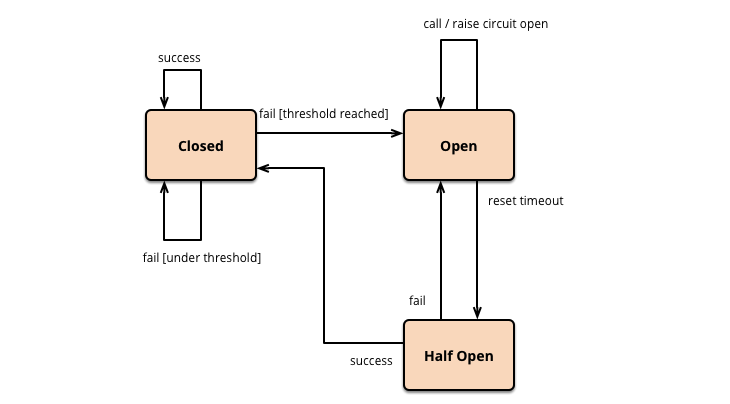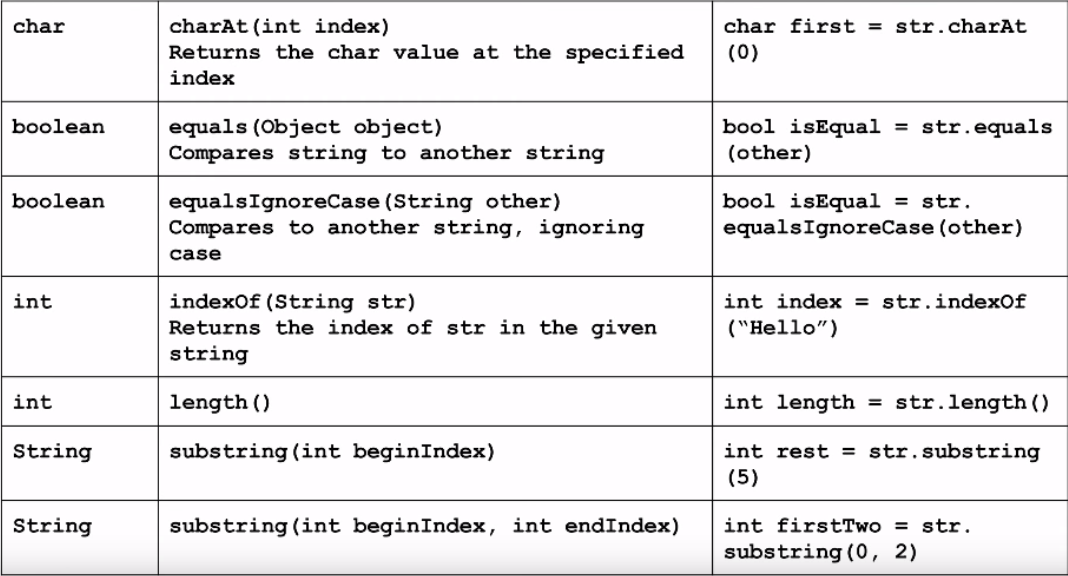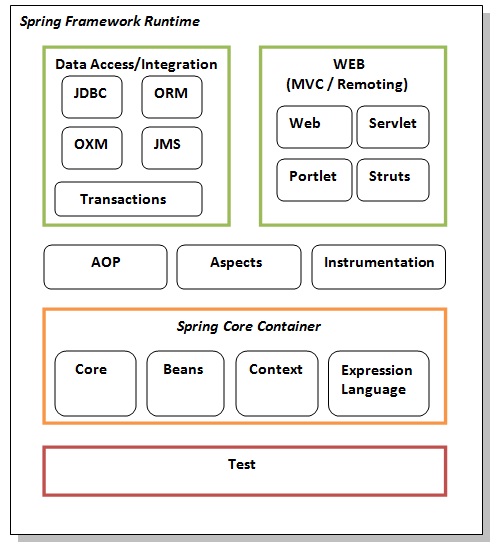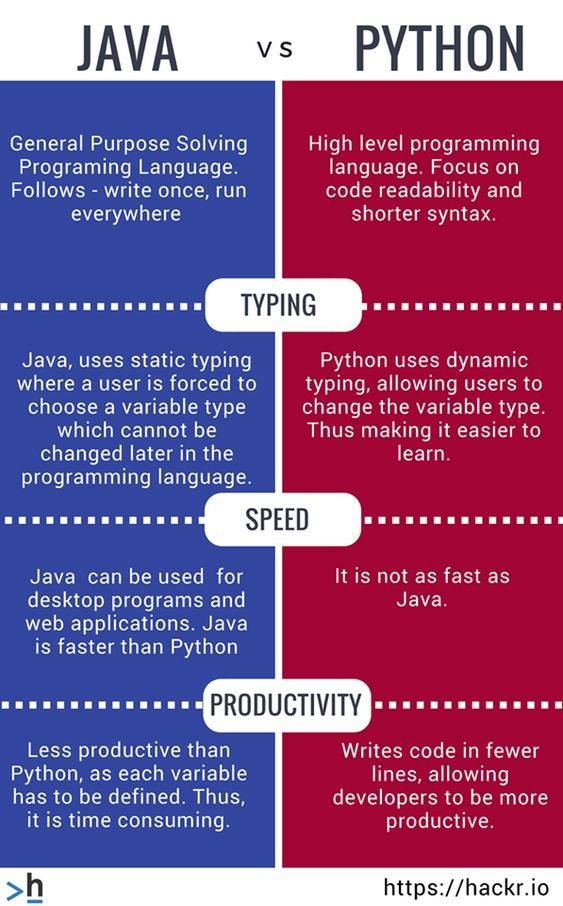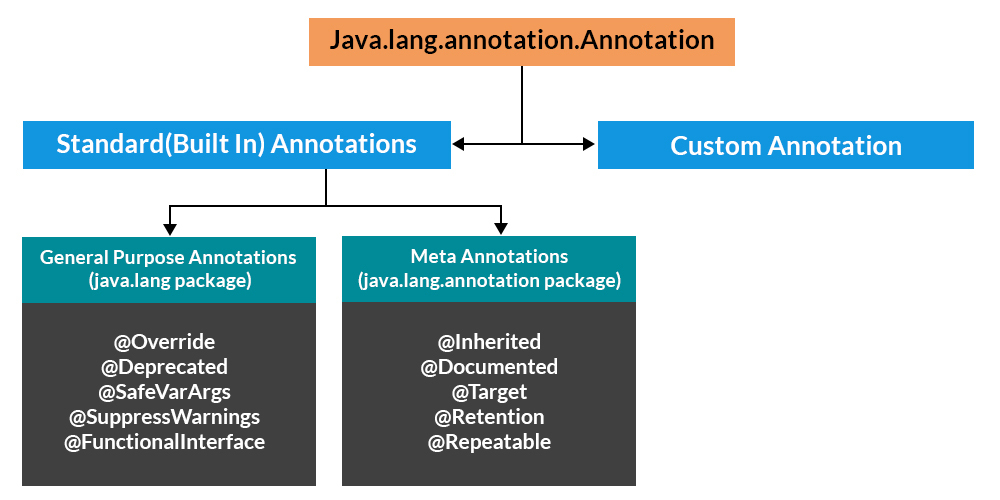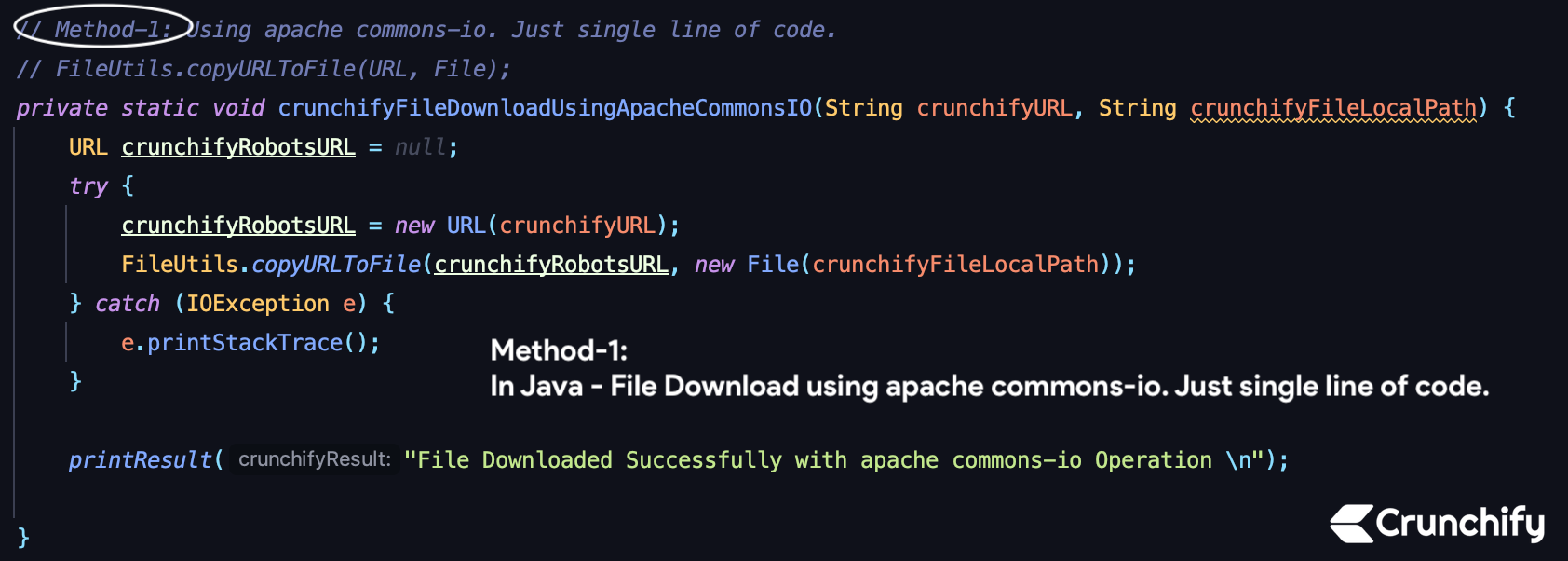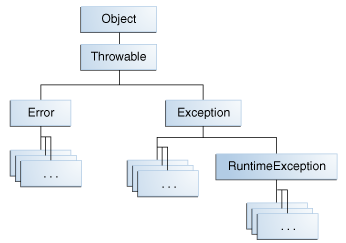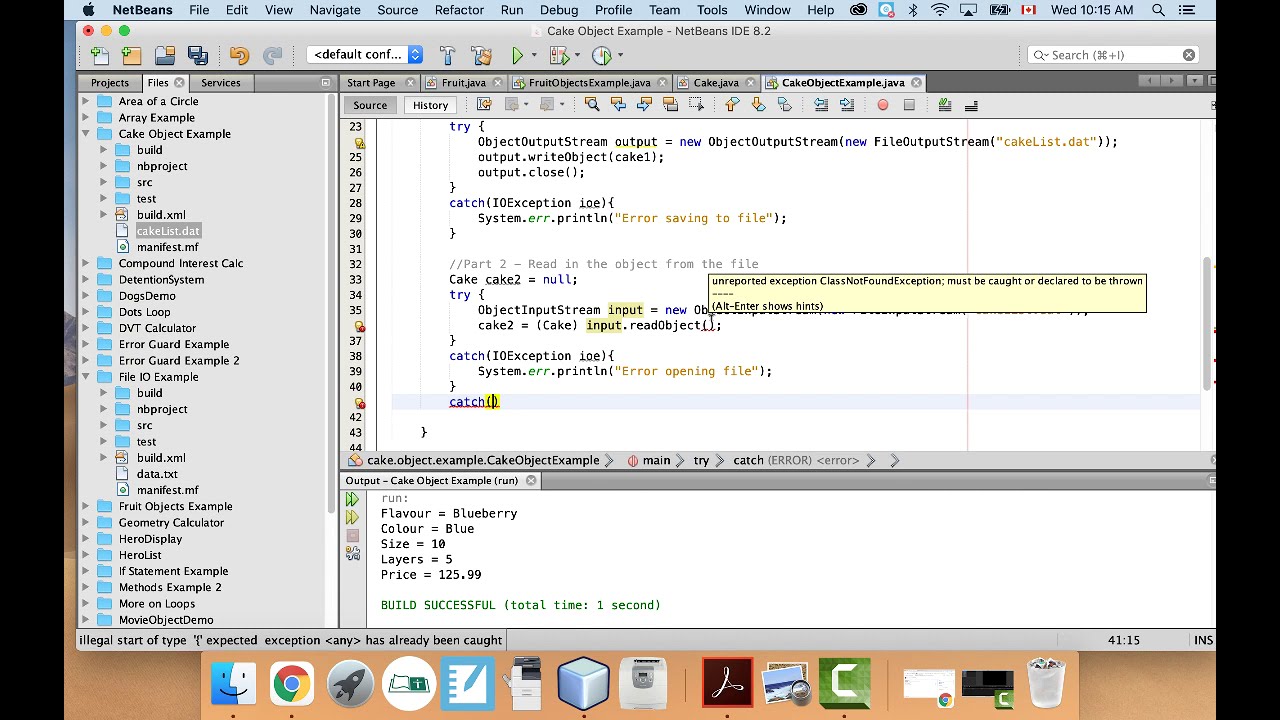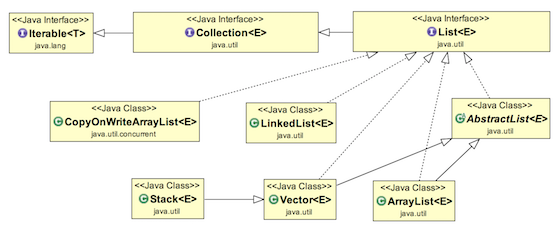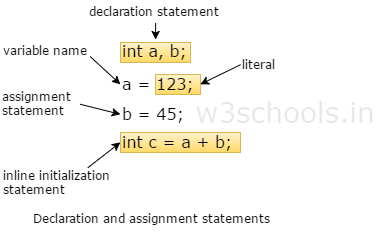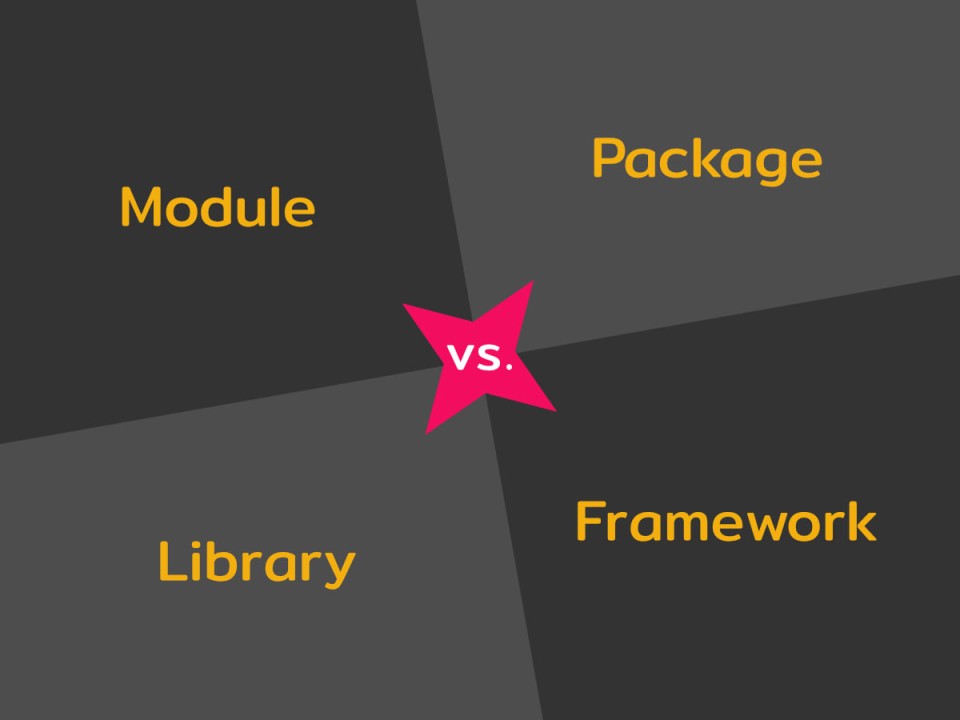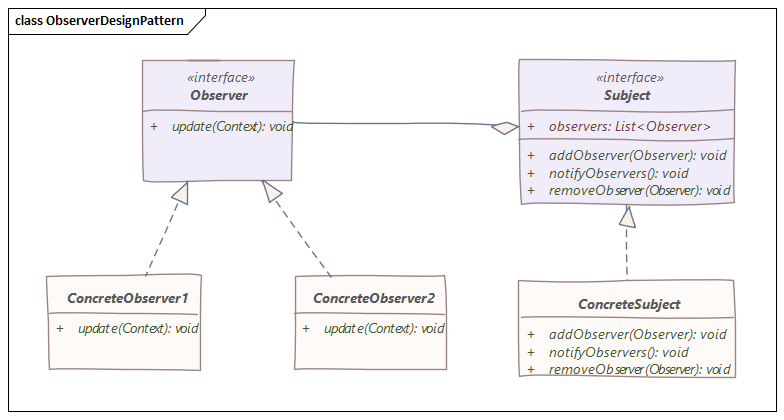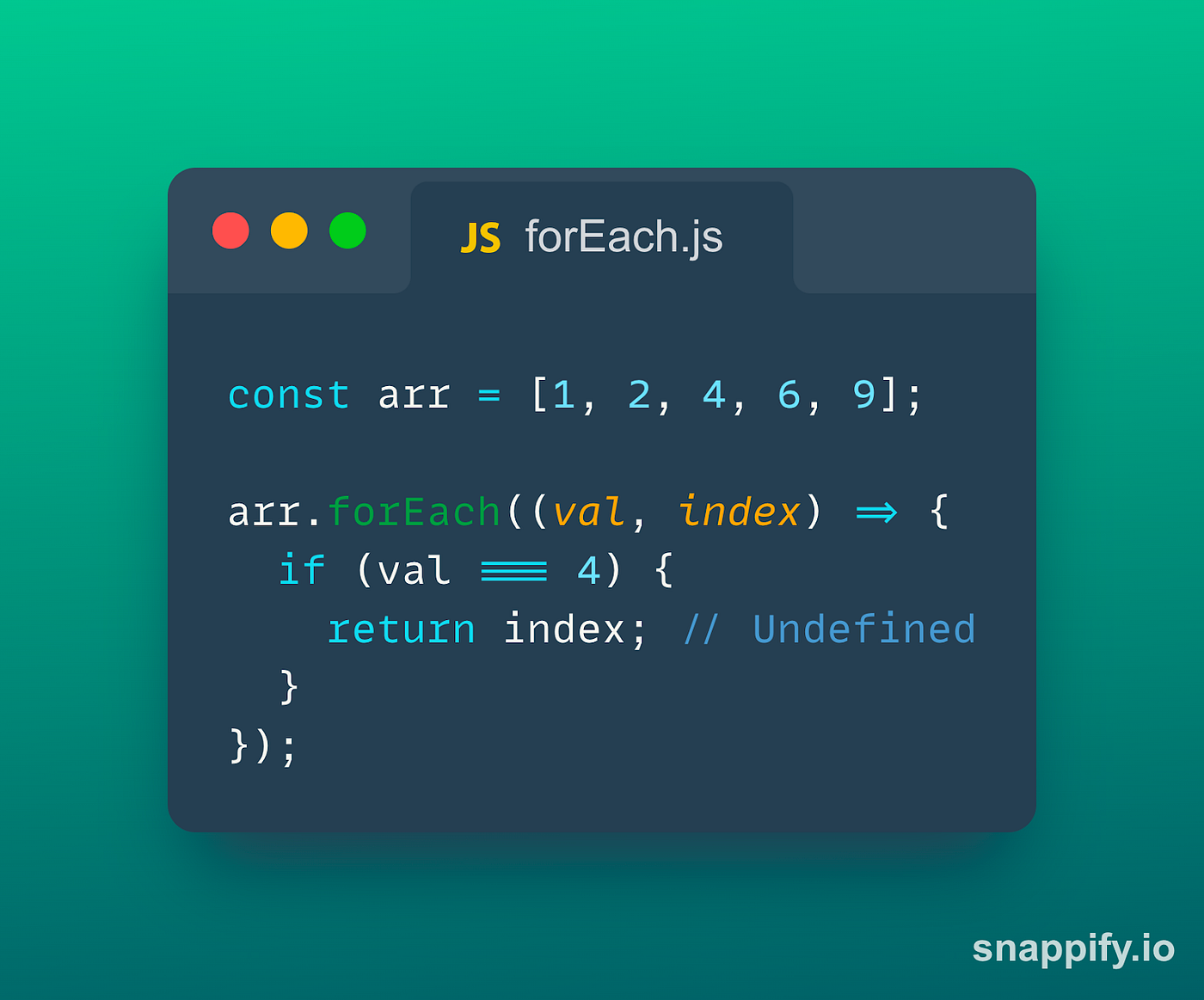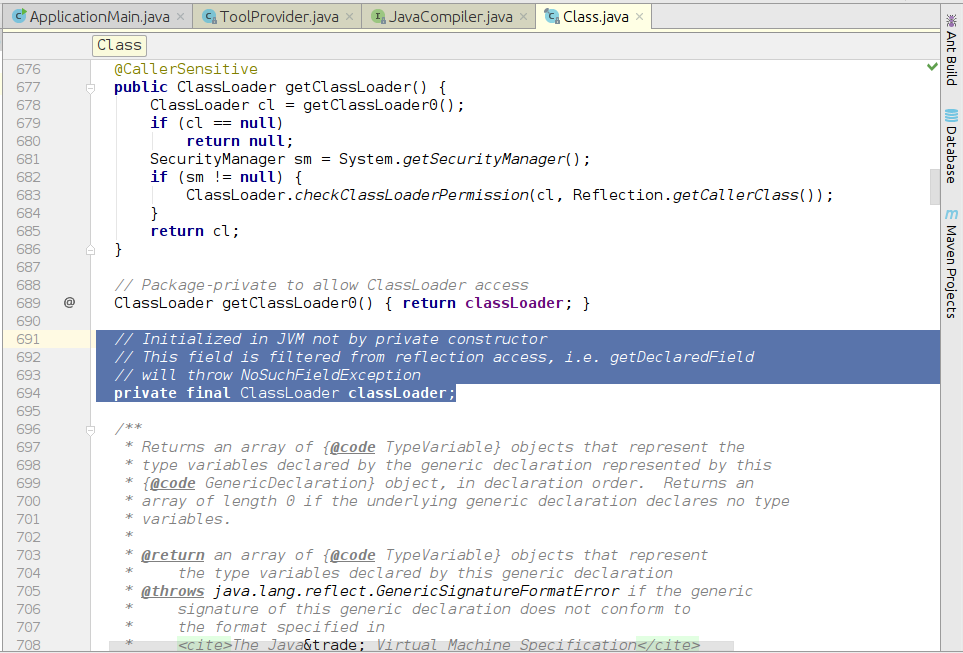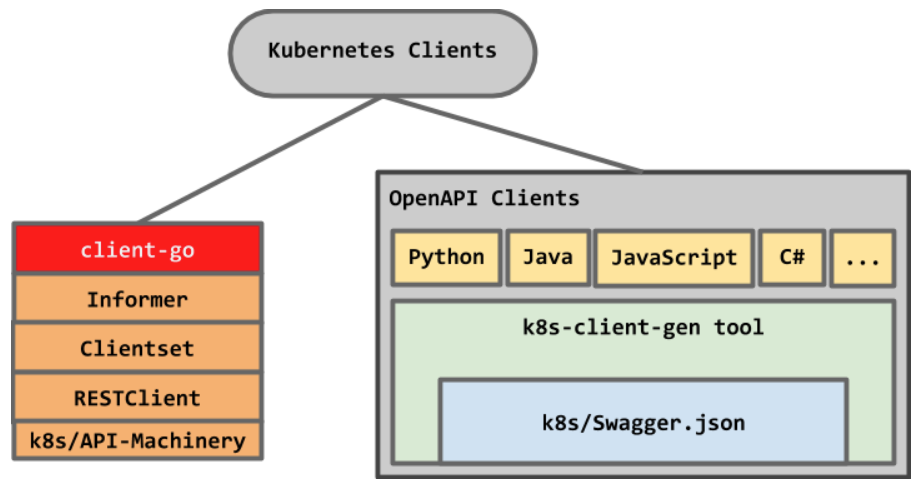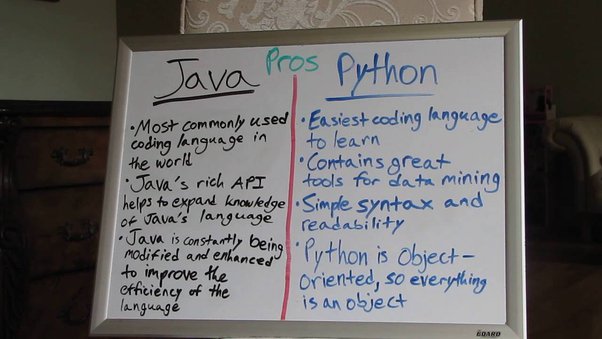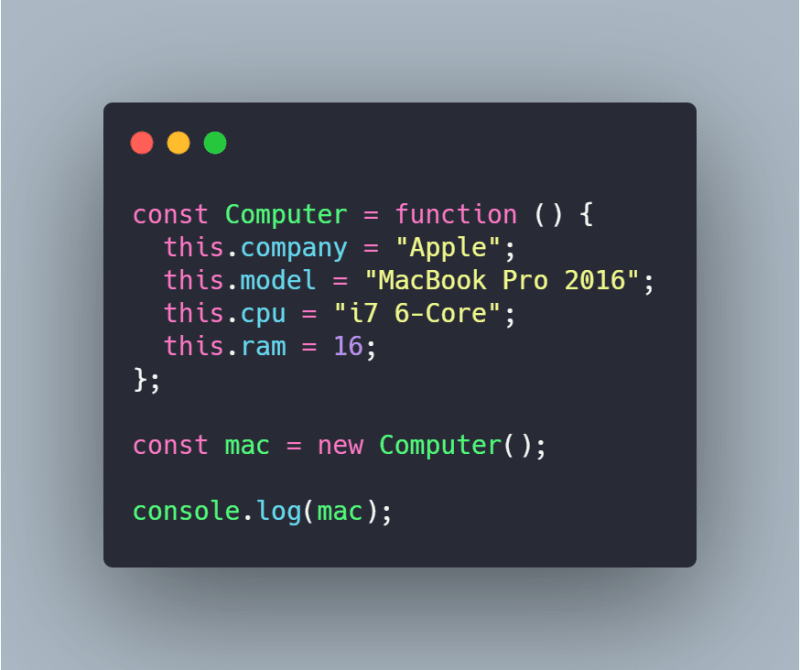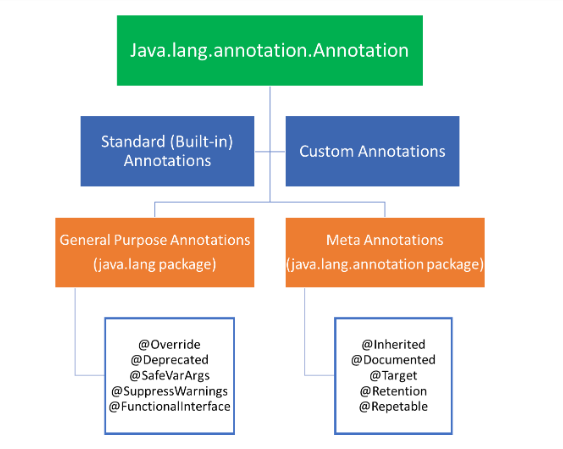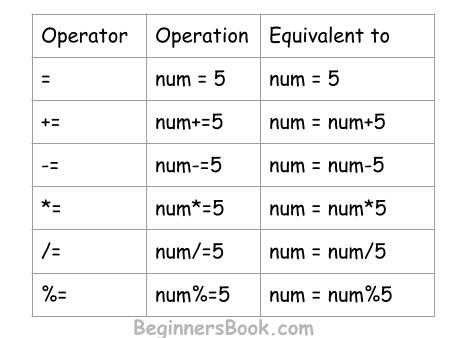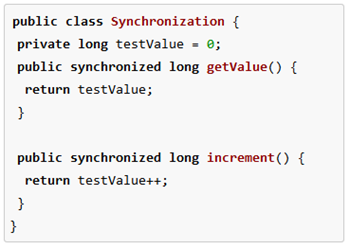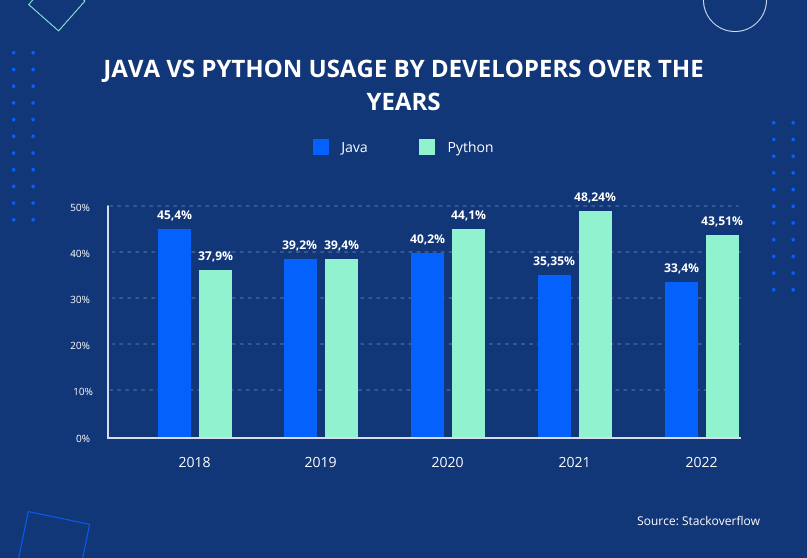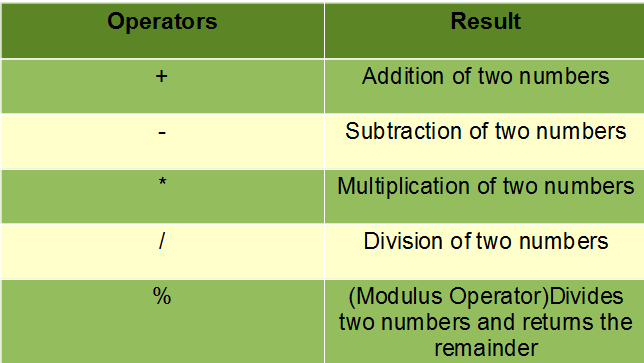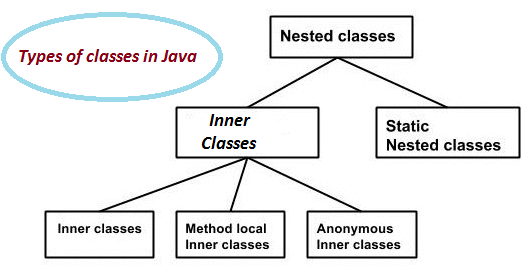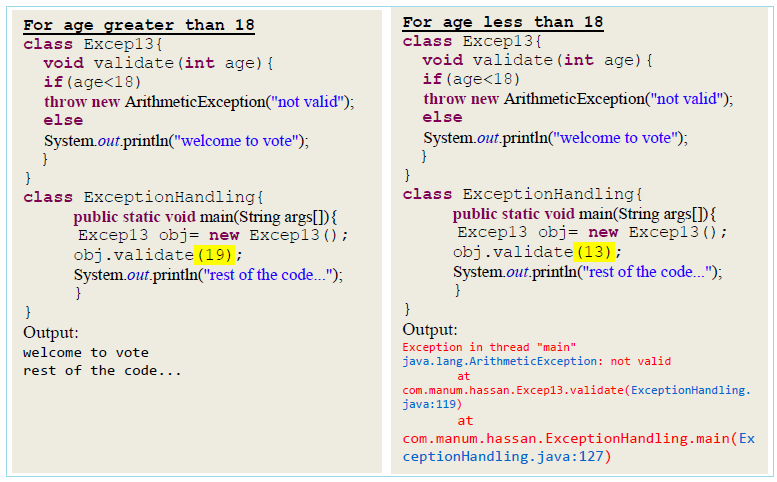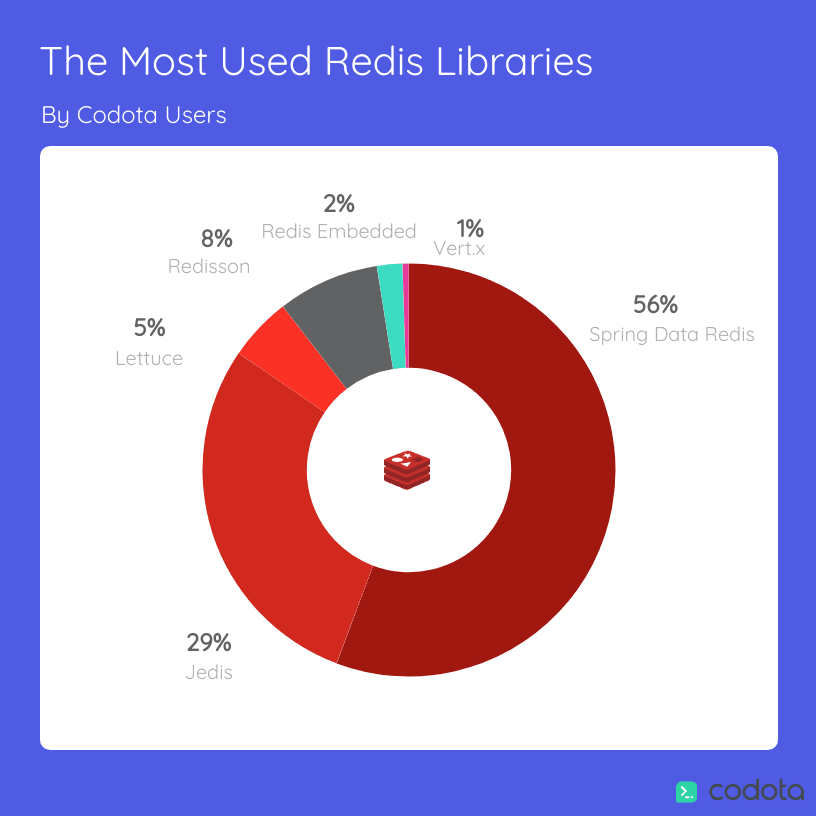What are data types in Java with an example?
What are data types in Java with an example?
In Java, a data type is a category of data that can be stored and manipulated by the programming language. The primary goal of using data types is to ensure that variables (the names given to memory locations) hold values that are valid for the operations specified in your program.
Java has several built-in data types that can be categorized into two main groups: primitive types and reference types.
Primitive Types:
boolean: A boolean value represents either true or false.Example:
byte, short, int, and long: These are all integer data types, with varying sizes:boolean isAdmin = true;
byte: 8-bit signed integers (−128 to 127) short: 16-bit signed integers (−32,768 to 32,767) int: 32-bit signed integers (−2,147,483,648 to 2,147,483,647) long: 64-bit signed integers (−9,223,372,036,854,775,807 to 9,223,372,036,854,775,806)
Example:
float and double: These are all floating-point data types, with varying sizes:int myInt = 5;
float: Single-precision 32-bit floating-point numbers (−3.4 × 10^38 to 3.4 × 10^38) double: Double-precision 64-bit floating-point numbers (−1.7 × 10^308 to 1.7 × 10^308)
Example:
char: This is a character data type that can hold a single character in the Unicode character set.double myDouble = 5.5;
Example:
char myChar = 'A';
Reference Types:
String: A sequence of characters, which can contain any valid Java syntax.Example:
Array: An ordered collection of elements that share the same data type.String myString = "Hello";
Example:
int[] myArray = {1, 2, 3};
In addition to these built-in types, Java also supports user-defined classes (reference types) for creating objects that represent real-world entities or abstract concepts.
It is essential to understand the differences between primitive and reference data types in order to correctly use them in your Java code.
What is the difference between variable and data type in Java?
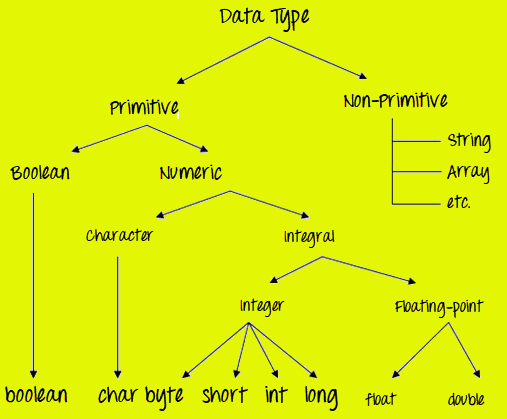
I can respond in English!
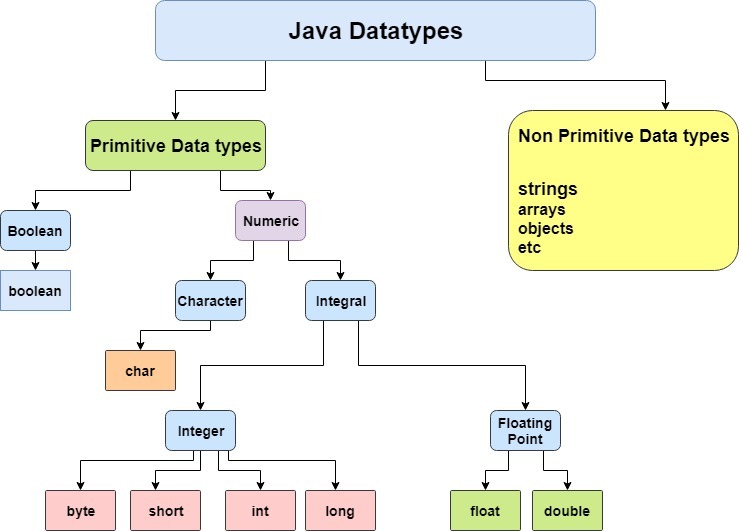
The terms "variable" and "data type" are often used together, but they have distinct meanings in Java programming.
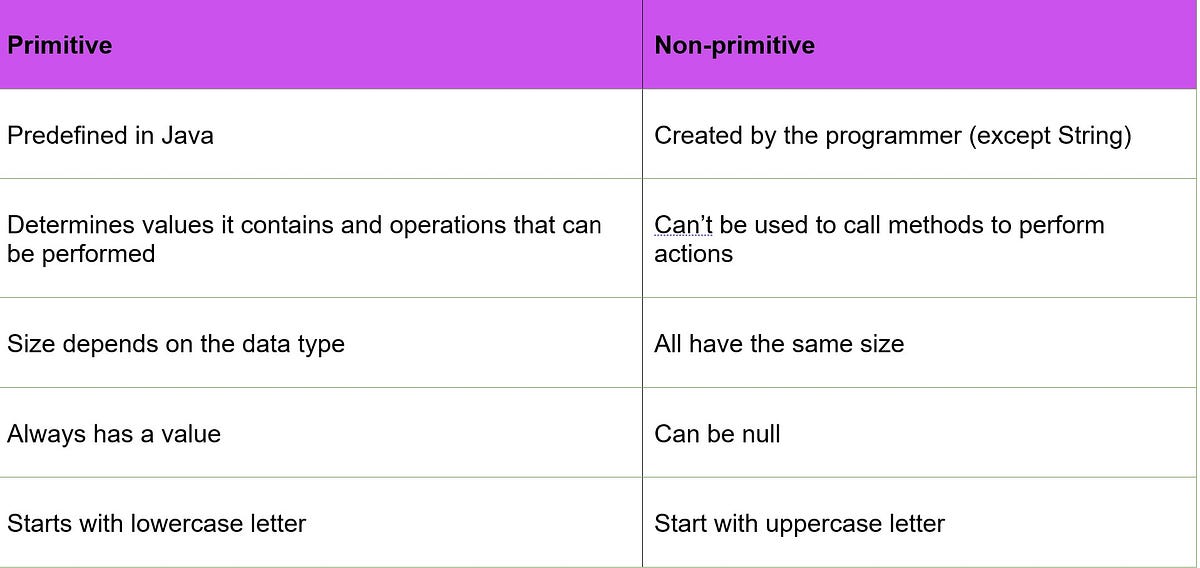
Variable:
In Java, a variable is a named storage location that holds a value of a specific data type. It's a container that can hold different values at different times during the execution of your program. Variables are used to store and manipulate data in your code. You can think of a variable as a labeled box where you can put different values, such as numbers or strings.
For example:
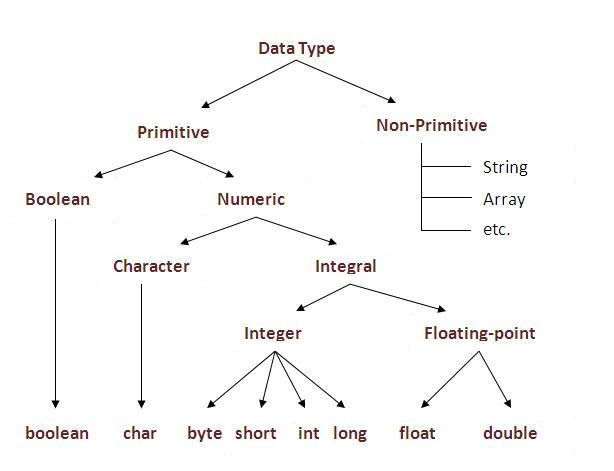
int x = 5; // declares an integer variable named x with initial value 5String name = "John"; // declares a string variable named name with initial value "John"
In the above examples, x and name are variables that can hold different values.
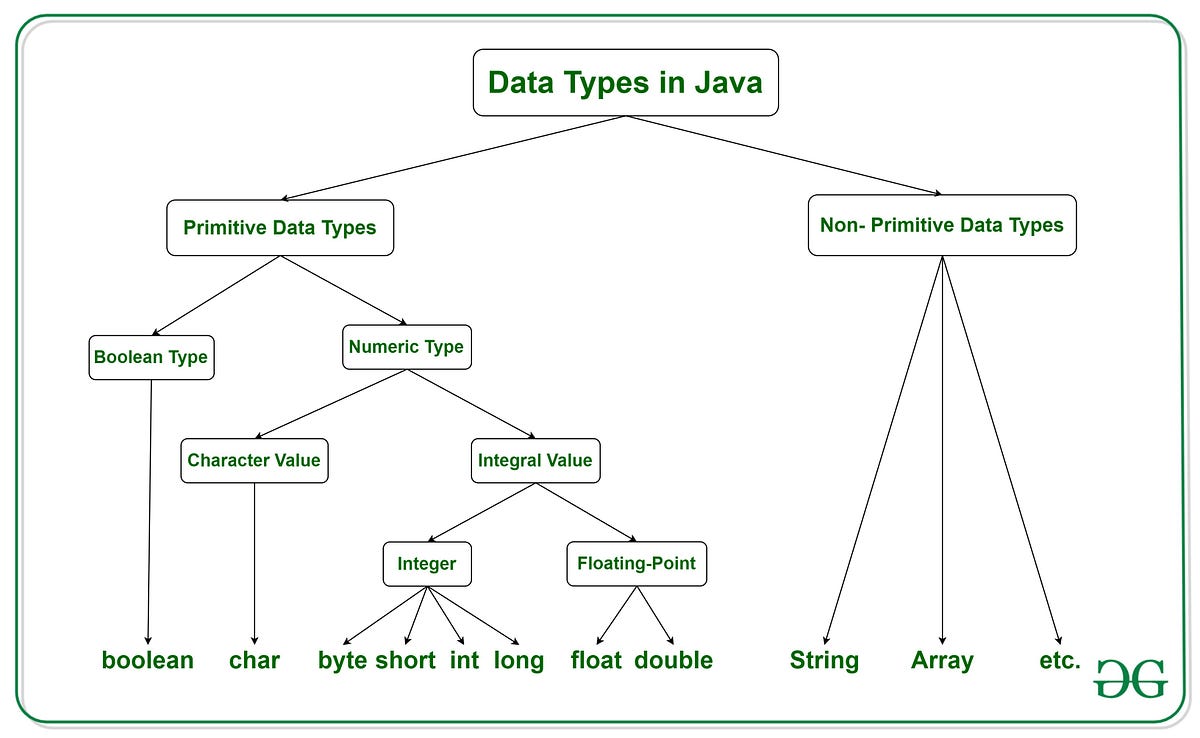
Data Type:
A data type in Java is the type or classification of a variable's value. It determines what kind of value (number, text, Boolean, etc.) a variable can hold. Data types define the characteristics of a value, such as its size, range, and format.
Java has several built-in data types, including:
Primitive Types:int, double, char, boolean (true or false) Reference Types: String, Array, Object (an instance of a class)
Data types also influence how the JVM (Java Virtual Machine) stores and handles values in memory. For example, ints are stored as 32-bit integers, while doubles are stored as 64-bit floating-point numbers.
Now, let's explore the connection between variables and data types:
Variable + Data Type = A Specific Storage Location:
When you declare a variable, you must specify its data type. This creates a specific storage location that can hold values of that data type. For instance:
int x; // declares an integer variable with no initial value
In this example, x is a variable that can only hold integer values.
Data Type Determined by Variable Declaration:
The data type of a variable determines the range of possible values it can store. For example:
If you declare anint variable, it can only hold integer values. If you declare a String variable, it can only hold text values. If you declare a boolean variable, it can only hold true or false values.
In summary:
Variables are named storage locations that hold values of a specific data type. Data types define the characteristics (type, size, range, format) of a value that a variable can hold.Understanding the difference between variables and data types is crucial for effective programming in Java!
